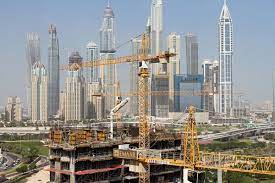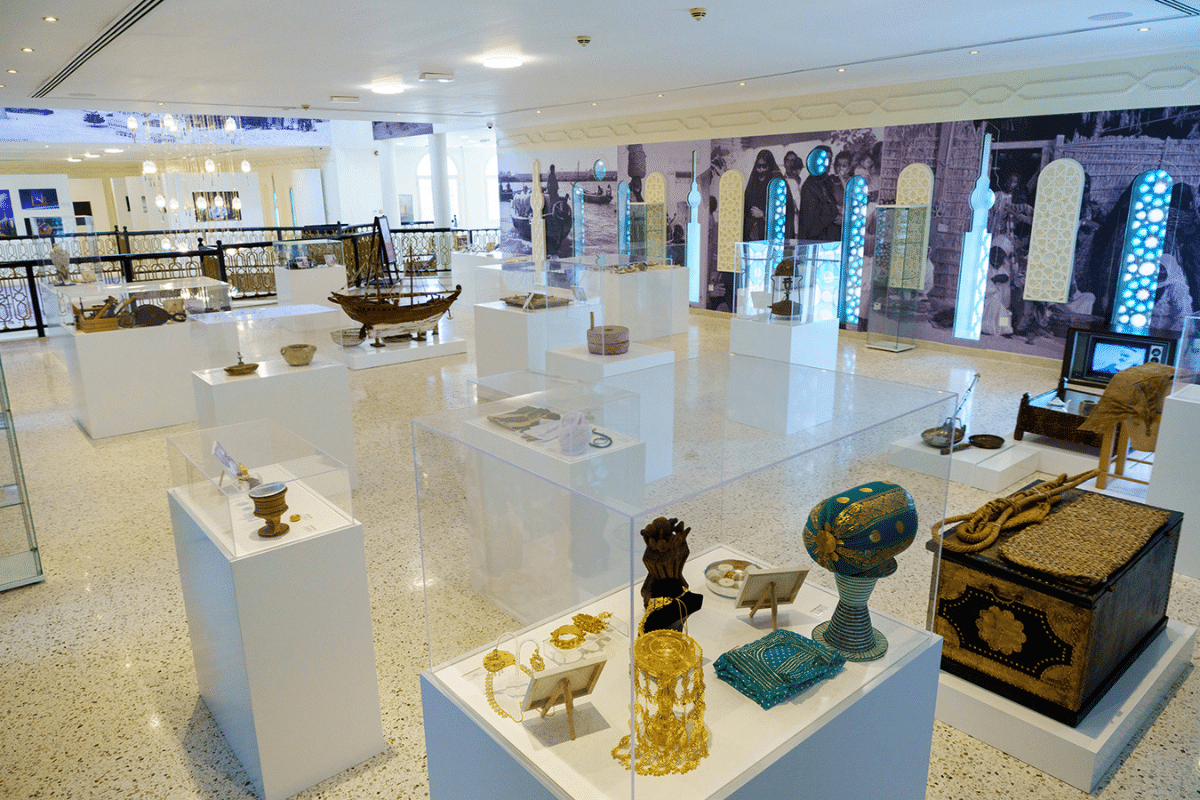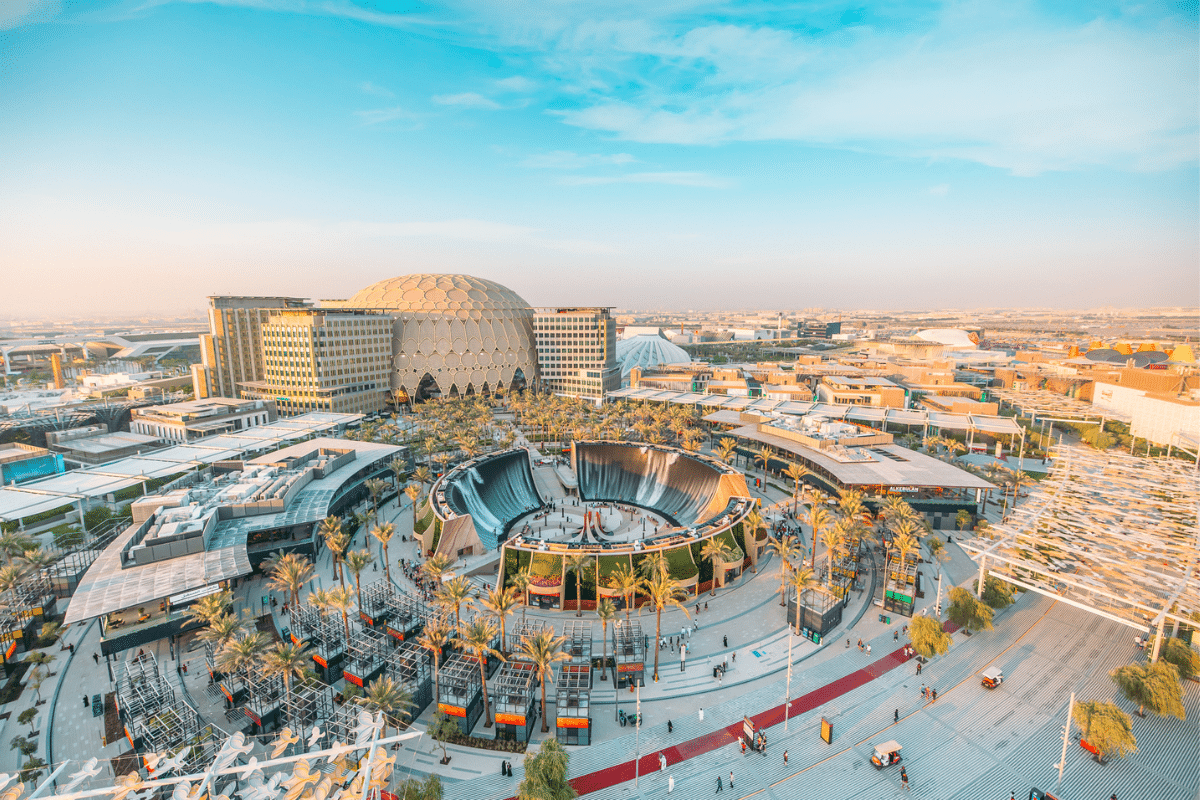How to Write a Professional Real Estate Property Description That Sells
Real Estate | Properties | Development
Writing a real estate description is something needs to think very careful about it.
There are do’s and don’ts when it comes to writing a professional property description that sells. An effective property description can determine whether or not you sell the property.
Headline:
To begin, your headline must jump out from the page and catch the attention of the buyer. Make the headline appealing with captivating and positive words.
Description:
Always begin your description with the selling points of the property. List the best features first to keep the attention of the buyer. Use adjectives to spice up the description. For example, instead of stating dining room, try spacious dining room for your family to gather and share a meal. Let the buyer know why they will want the selling points of the house.
It’s important to sell the area to potential buyer as well. Are you selling to someone looking for a single family home or a multi-million dollar estate? Highlight points in the area that appeal to your buyer like schools, shopping, public transportation, etc.
Example:
Introducing the perfect family home! This spacious and stunning property is a dream come true for anyone seeking a comfortable and luxurious living space.
The house boasts an impressive open floor plan, perfect for entertaining guests or spending quality time with loved ones. The airy and bright living room features large windows that let in plenty of natural light, creating a warm and inviting atmosphere. The kitchen is a chef’s dream with modern appliances, ample storage space, and a large island that is perfect for preparing delicious meals.
The house features 4 spacious bedrooms, each with its own en-suite bathroom. The master suite is a true oasis, with a luxurious bathroom and a walk-in closet that will leave you in awe. The other bedrooms are also generously sized and feature beautiful finishes.
The outdoor space is equally impressive, with a large patio that is perfect for barbecues and outdoor gatherings. The property also boasts a beautiful garden that is perfect for relaxation and enjoying the fresh air.
The property is located in a prime area that is highly sought after. It is close to top-rated schools, shopping centers, and public transportation, making it an ideal location for families or anyone seeking convenience and comfort.
In summary, this beautiful family home offers a comfortable and luxurious living space that is perfect for anyone seeking a peaceful and relaxing lifestyle. Don’t miss out on this amazing opportunity!
Location:
Include the geographical area in your description. Many buyers are looking to buy in a specific area.
Example :
Introducing the perfect property in the heart of Dubai City! This luxurious living space is located in one of the most desirable areas, offering convenience and comfort to its residents.
The property boasts a prime location in Dubai City, a vibrant and bustling city that is known for its stunning skyline, world-class shopping centers, and luxurious amenities. The area is a hub of activity, offering endless entertainment and dining options for residents and visitors alike.
In addition to its vibrant atmosphere, Dubai City is also a hub of business and commerce, making it an ideal location for professionals and entrepreneurs. The city is home to some of the world’s leading corporations, making it a prime location for networking and business opportunities.
The property is conveniently located near top-rated schools, shopping centers, and public transportation, offering easy access to all the amenities and services that Dubai City has to offer.
In summary, this luxurious property offers a prime location in the heart of Dubai City, providing residents with a vibrant and convenient lifestyle. Don’t miss out on the opportunity to live in one of the most desirable areas of this world-class city!
Price:
Including the price of the property is especially important for the for sale by owners. Price inclusion is a way to screen potential buyers.
Call to Action:
End your description with encouraging words for buyers to call you. Give them a reason for a call to action. “This beautiful property will go fast, call now for more details.”
Wording:
Choose your words wisely and keep them positive. Certain words sound better and are more appealing to potential buyers. For instance try cozy instead of small.
Now that you know what should go into an effective property description, you need to know what shouldn’t. Avoid the following:
* Spelling, grammar and punctuation mistakes
* Uncommon abbreviations
* Clichés
* Jargon
* Passive voice
* Over the top vocabulary
Write in the present tense and make sure to include words like you and your in your description. This way potential buyers will feel as though you are speaking directly to them.
What to Avoid?
When writing a property description, it’s equally important to know what to avoid. Avoid using passive voice and clichés as they can make your description sound dull and uninteresting. Additionally, be sure to proofread your description carefully to avoid any spelling, grammar, or punctuation errors.
Speak Directly to the Buyer:
When crafting your property description, use language that speaks directly to the buyer. Use second-person pronouns such as “you” and “your” to make the reader feel as though you are speaking directly to them.
In conclusion, writing a winning property description requires careful thought and attention to detail. By following these do’s and don’ts, you can create a professional property description that effectively sells your property and attracts potential buyers
Tips About Selling Property in Dubai
- Overview of the Dubai real estate market
- Why it’s important to have a good understanding of the market when selling your property
Choosing the Right Time to Sell
- Analysis of the Dubai real estate market trends
- How to assess the demand and supply factors for your property
- Tips on timing the sale to maximize returns
Preparing Your Property for Sale
- How to assess the condition of your property
- Repairs and renovations that can add value to your property
- Home staging tips for showcasing your property to potential buyers
Setting the Right Price
- How to determine the right price for your property
- Factors that affect property values in Dubai
- Common pricing strategies for selling property in Dubai
Finding the Right Real Estate Agent
- The role of a real estate agent in selling your property
- How to choose the right agent for your needs
- Questions to ask before hiring a real estate agent
Marketing Your Property
- The importance of effective marketing in selling your property
- Tips for creating attractive property listings
- Strategies for reaching out to potential buyers
Showcasing Your Property
- Tips for organizing successful property viewings
- How to create a positive first impression on potential buyers
- Strategies for highlighting the best features of your property
Negotiating the Sale
- Tips for successful negotiation with potential buyers
- How to handle multiple offers
- Strategies for closing the deal
Closing the Sale
- Understanding the sales process in Dubai
- Legal requirements for selling property in Dubai
- Tips for a successful closing
Tax and Legal Considerations
- Overview of tax laws and regulations for property sales in Dubai
- Legal considerations when selling your property
- Common mistakes to avoid during the sale process
After-Sale Follow-Up
- Tips for a smooth transition after the sale
- How to handle post-sale inquiries and concerns
- Strategies for maintaining a good relationship with the buyer
Conclusion
- Recap of key takeaways
- Importance of careful planning and preparation for a successful property sale
FAQs
- What are the costs involved in selling a property in Dubai?
- How long does it take to sell a property in Dubai?
- Can I sell my property without a real estate agent?
- What are the documents required for selling a property in Dubai?
- What are the tax implications of selling a property in Dubai?















